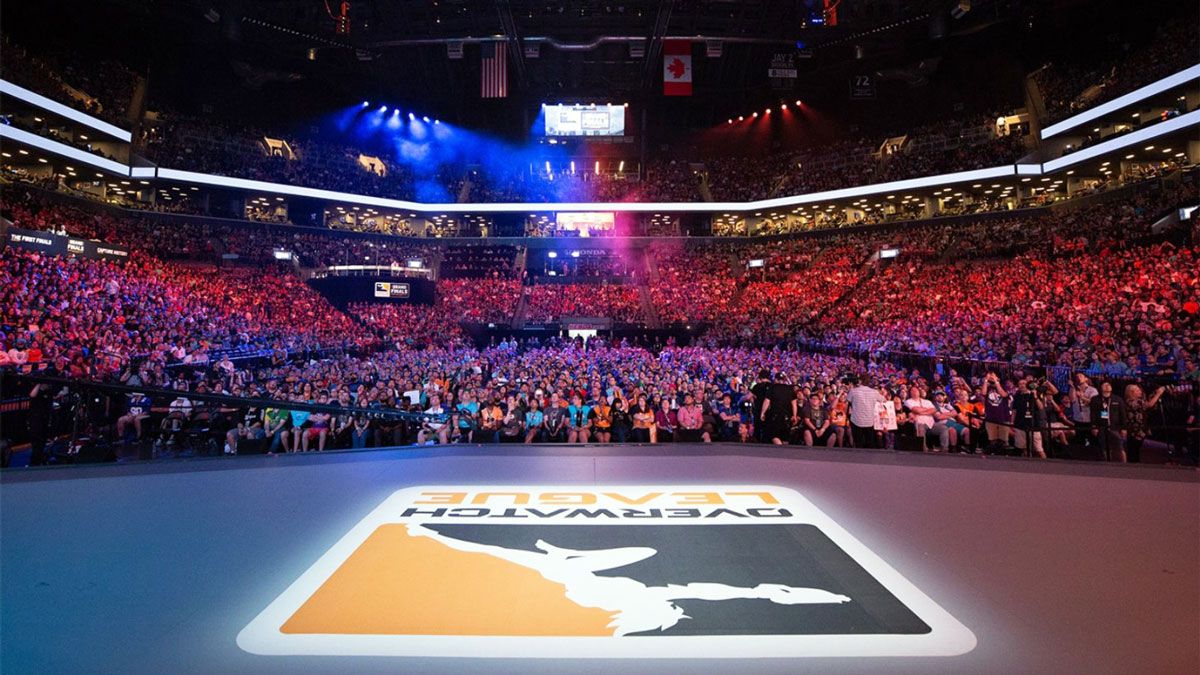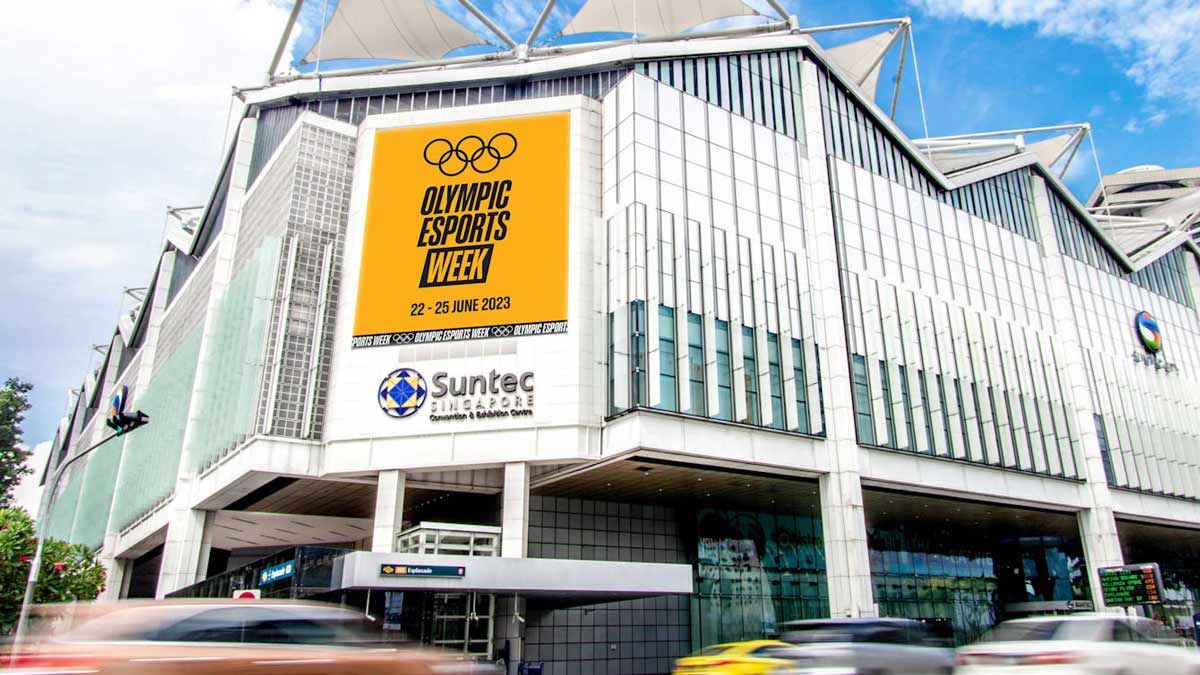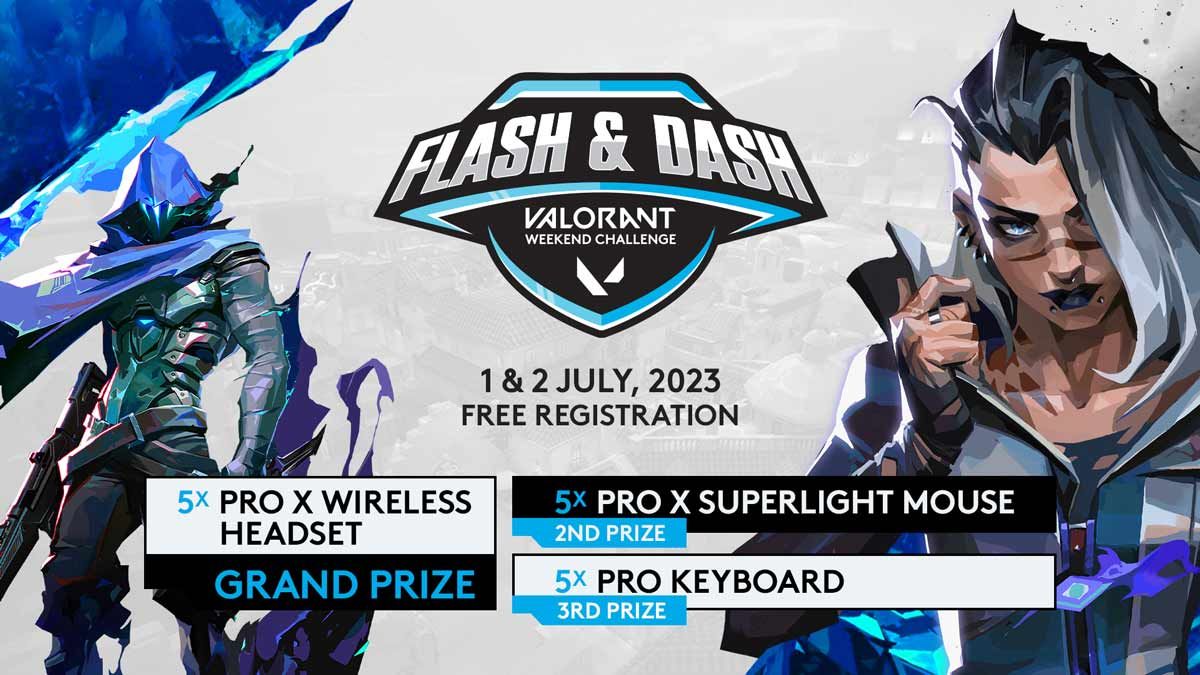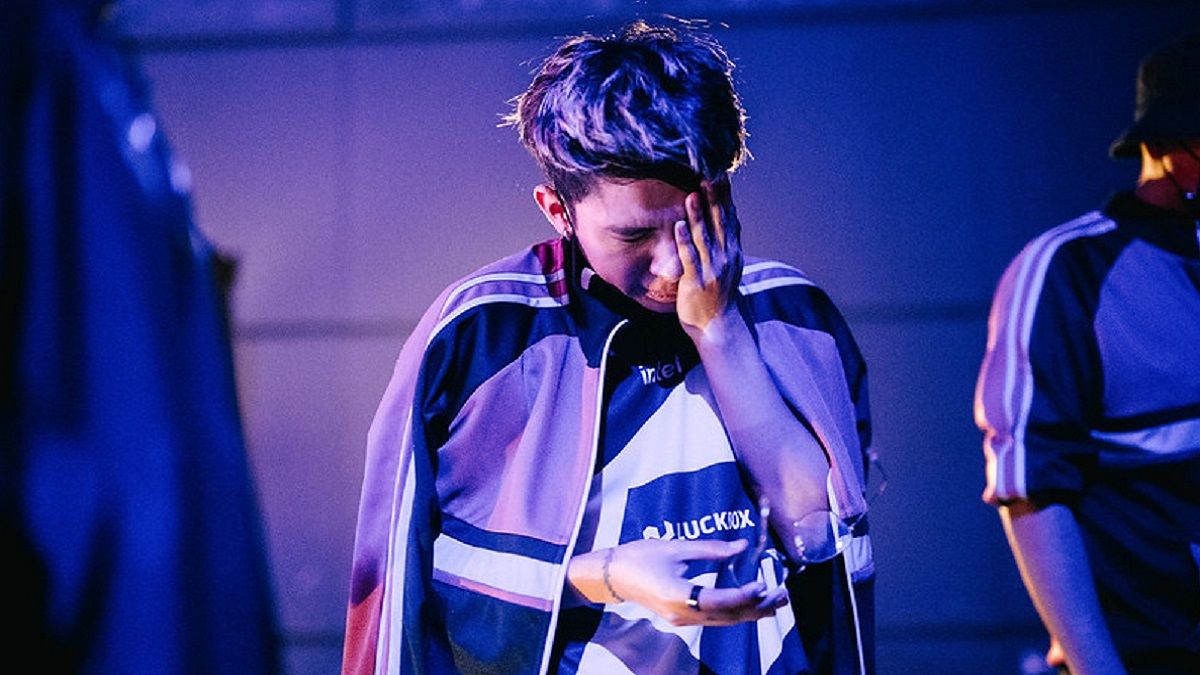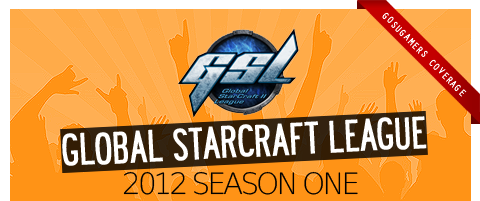
It’s less than a week before the semi-finals of Code S 2012 Season 1 and with that idea in mind we come back to revise the events that determined the top four as well as peak in the crystal ball in attempt to predict who will advance to the Grand Final in March.
For a long, long time, the GSL has been the most prestigious tournament on the StarCraft 2 scene and I am not coming out with the statement just because of my South Korea fandom. You can be an MLG admirer or a die-hard DreamHack supporter and there is nothing wrong with that, surely, but every time along comes the question of who are the best players in the world, all eyes inevitably turn to those who reach the Code S play-offs.
Having already established the Code S superiority, next on schedule is examining who, actually, are those top world-wide contenders at least as far as this season is concerned. And it’s a diverse mob, really – from several times GSL champions, through former glories reminding the world of their existence once again and to young, up-and-coming players who are currently building towards their good name and reputation.
To my, and probably yours, delight, this is not an unprecedented theme in Code S. GSL November had a similar composition of top players when Code S finally turned away from the very dull “MMA, Mvp, four more terrans and two others” scheme.
Thank god, it was getting kind of awkward.
A quick look at the match-ups was enough to get fans excited. MMA faced Alive, with the former having won all his Bo3+ mirrors in the last half a year. Alive, however, had one of the most impressive runs through the group stages and had already defeated Gumiho and Happy. Gumiho himself was going against Puzzle in what seemed to be the battle of rising stars: both players have been receiving stunning amounts of acclaim from both fans and renowned community figures and are the breath of fresh air in the Code S along with Parting. In day two, Genius would attempt to prove to the world once again that he is in fact still capable of great deeds and in the final match, DongRaeGu was going against a protoss that fought his way here through two groups of death.
Exciting, you say? No, of course not. It’s much more than that!


Game 1 @ Dual Sight
You often hear that at this stage of Code S it’s mostly about planning in advance and Alive backed this statement with an ingenious play on Dual Sight, going for a auto turret rush with marine support after MMA’s reaper. Although he experienced some micro turmoil, Alive was finally able to force a GG out of MMA and start the series convincingly.
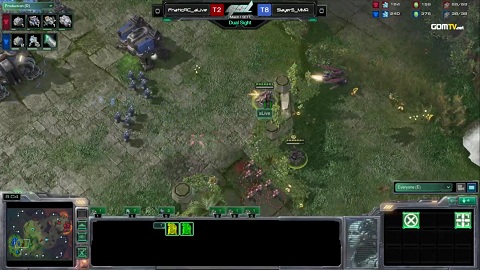
Game 2 @ Entombed Valley
Fortune smiled for Alive in the second set as well as his extensive scouting was rewarded by finding MMA’s attempt of a proxy factory. Having delayed his opponent’s tech a decent while, Alive built towards a 1/1 stim plus combat shield timing attack that came knocking just as MMA’s banshees arrived at Alive’s base. Alive stimmed and focused down the two bunkers but at the end of the day he barely did not have enough to break MMA. As the Slayers terran had already seized the lives of nearly 30 SCVs, all he had to do is launch a stim/siege timing attack and tie the score.
Game 3 @ Crossfire
Seeing the extremely fast gas of Alive, MMA preventively went for a 1-base raven to deny the banshee that did indeed fly in few minutes later and then chose to transition to a raven/marine/tank push. That would prove to be a bad decision by MMA, however, as after suffering too many casualties while trying to climb the ramp, he had no other option but to GG out.
Game 4 @ Daybreak
Alive opened the fourth set with failing his proxy marauder rush due to MMA’s astounding War3-style micro but he quickly redeemed himself as his banshee and preigniter drops combined got him the deaths of 25 SCVs of MMA’s. Knowing that the game is practically his to lose, Alive entered a heavy mech turtle mode which MMA’s bio just could not breach.


Game 1 @ Metropolis
Puzzle took a very quick third nexus only to be punished for that by Gumiho’s banshee but as the air threat was cleaned up, the protoss quickly recovered his economy stability thanks to all those chrono boosts. The breaking point in the game for Gumiho came when he successfully drew the lot of the protoss army with a marauder drops, allowing his main army to spring to the natural, snipe two high templars – thus denying Puzzle the much needed storm – and just waltz in for the win.
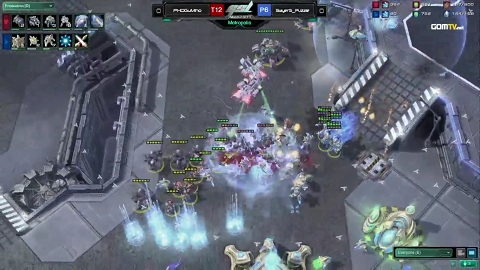
Game 2 @ Belshir Beach
There is not much to write about this game. Gumiho went for the very unusual marine/tank composition and it did not work as he has absolutely no answer to the storms that Puzzle kept raining upon him.
Game 3 @ Cloud Kingdom
Coming into set three, Gumiho stayed on one base for quite a bit while orchestrating a series of banshee attacks and tank drops to get some probe kills and safely expand behind this. After Puzzle repelled all the harassment, he decided that with a few immortals and a decent amount of stalkers in his possession he had enough firepower to push out and take the center highground. And had Gumiho not had marines to block the high end of the ramp he might have even been right. With his immortals under heavy fire, Puzzle decided to retreat but all he accomplished was splitting his forces on the way back and giftwrapping half his army for Gumiho to corner and destroy. The score was now 2-1 for the terran.
Game 4 @ Dual Sight
After barely defending Gumiho’s 2-rax marine/marauder rush that almost killed his nexus, Puzzle went for a 3-immortal rush that had the full potential to break Gumiho where he stood. It all turned out totally differently, however, as a big chunk of Gumiho’s army were nesting close to the protoss natural and thus a base race was under way. While shooting down everything with extreme speed, Gumiho allowed Puzzle’s army to climb into his main, cushion the engagement with all his SCVs and used whatever units he had left to clean up the protoss.


Game 1 @ Dual Sight
This high-octane protoss mirror started with Genius going for a straight on 4-gate as opposed to MC’s 3-stalker opening into robo. As Geniuse began maneuvering his troops in front of his opponent’s base, MC thought that to be a fake aggression and warped in a round of stalkers instead of sentries. Soon he found out what everyone else but him knew - that Genius 4-gate was very, very real and the Mvp protoss a-clicked in MC’s base to open the series with a victory.
Game 2 @ Cloud Kingdom
In game two, MC opened with a 3-gate into expansion and forced a lot of sentries from Genius, deterring him for him plan of a dt/prism play. Genius had to transition out of this hopeless tech and went blink but what aided him the most were those sentries that he had to warp in earlier. Those came in great use during MC’s push and with the help of not one or two forcefields, Genius held the aggression until he got immortals out. With both players in a very safe and solid position, the game transition into what can be described as an actual late-game PvP. Genius and MC were in possession of armies similar both in count and composition (colossus and blink-centric) and started maneuvering around the map in the search of a fatal opening.

The first such opportunity came for MC as he caught Genius’ ball split and out of position, pushing it all the way back to its base. Chasing after it, MC reached Genius’ natural and in a bold move blinked up the ramp in order to snipe the enemy colossi. Which cost him the game as he found himself at the wrong end of the zealot/immortal and his stalkers melted in seconds.
Game 3 @ Entombed Valley
Once again 4-gate was Genius’ build of choice while MC opened with 3-gate/phoenix play, using his sentries to repel the initial attack of Genius. Seeing that he will get nowhere with mere gateway tech, Genius transitioned to colossus, obviously not worried by the ever-growing phoenix count of MC. And with good reason - his ground army was still much stronger than MC’s and the SK protoss just could not fight off the scary deathball, especially with his phoenixes being completely out of position. MC went down 0-3.


Game 1 @ Antiga Shipyard
It all began with Parting’s daring double stargate play, which almost broke DRG’s spine but the zerg kept himself alive with constant transfusions from his total of four queens. As the air threat was over, DRG double expanded and teched to greater spire, morphing brood lords right in the middle of the map. Seeing those cocoons in the making, Parting took the bait and attacked right into the unintentional trap without having blink or any other way of escaping. His phoenixes were greeted by mutas and corruptors and his stalkers were bashed down with the now hatched brood lords.
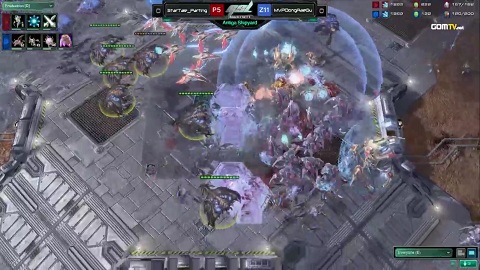
Game 2 @ Daybreak
Parting opened with faking a blink pressure build and taking a safe third behind this while at the same time forcing a lot of roaches from DRG. And just as Artosis was praising Parting’s ingenuity and how DRG was totally tricked, a moment of carelessness allowed DRG to sprint in with his roaches, surround Parting’s sentries and peal him apart in the course of few minutes by often hitting three places at one. DRG combined roach attacks with mutalisk fly-byes, the latter sniping one high templar after another, ultimately extoring a gg out of Parting.
Game 3 @ Crossfire
Parting continued to be tricky in the third set as well, opening with a void ray expand, followed by a cancelled nexus and a 4-gate - a move the GSL haven’t seen in a long time. To DRG’s luck, he spotted the unusually high zealot count as it was moving out and threw a ton of spines but staying alive was still an extremely difficult task. Parting threw a series of forcefield on the ramp to bar zerlings out of the battle but as he ran out of energy, DRG just swarmed down, surrounded everything and won the series.


